Just your reminder that hyperreality is here in full force
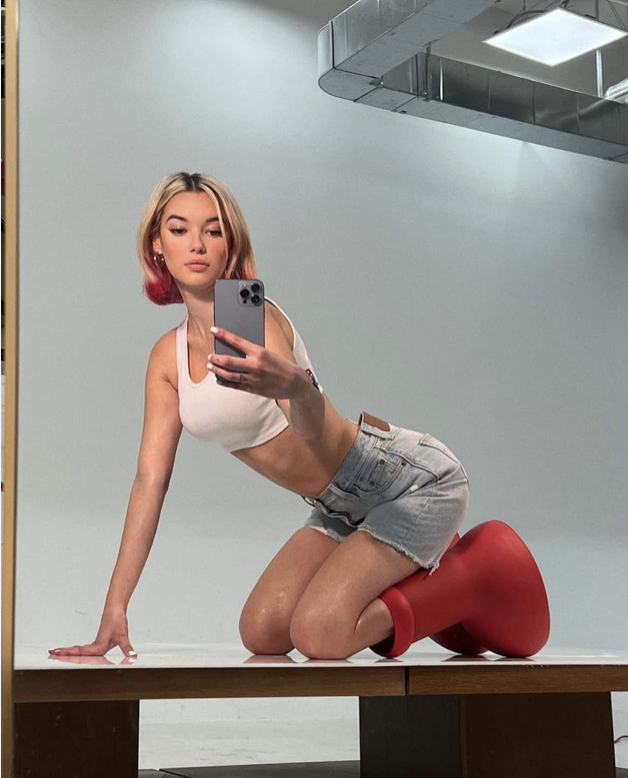
Life has been feeling pretty cartoonish lately, and MSCHF, Loewe, and Comic Sans are all reminders of this. MSCHF’s ‘big red boots’ went viral in February due to its comically large proportions, with some even commenting that ‘it looks more like the idea of a shoe than a shoe.’
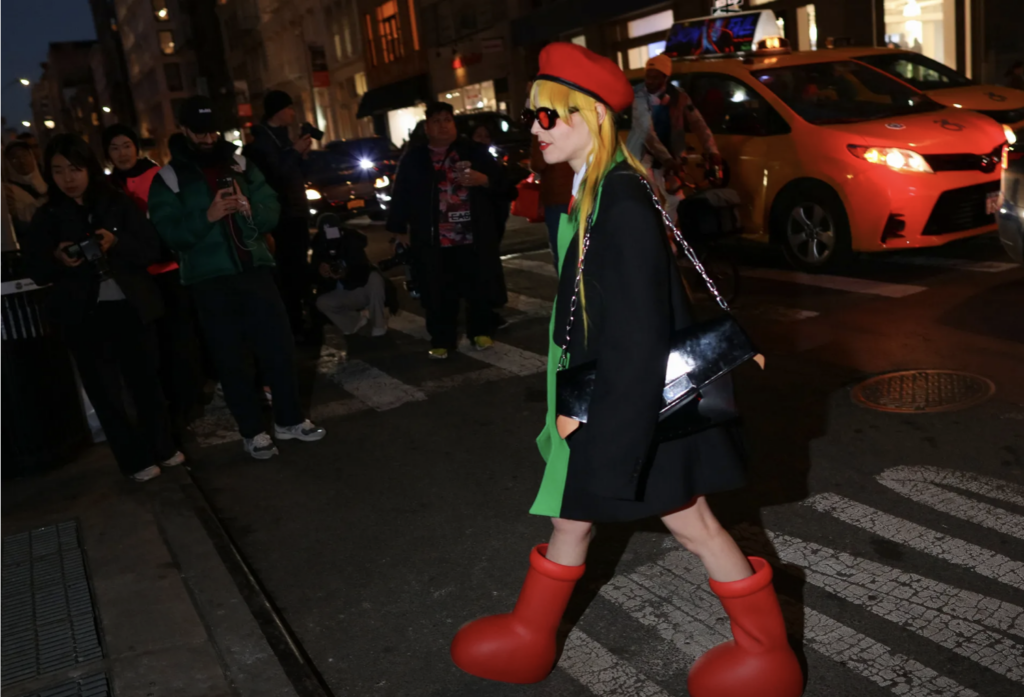
Major luxury house Loewe subtly posed the question – ‘what is luxury supposed to look like’ – as their SS23 runway featured retro-futuristic kitten heels and pixelated clothes. Comic Sans, a font many of us last paid attention to while in primary school, is back to haunt us again, according to trend analyst Agus Panzoni.
It’s easy to dismiss most of these aesthetic trends as intentional theatrics. The likes of MSCHF and Loewe could just be drawing on cartoonish imagery to make some ‘statement.’ And this would be in line with MSCHF’s past. The brand is not a stranger to virality as their name betrays – they were involved in making the infamous ‘Satan shoes,’ which contained human blood from their employees.
Yet when MSCHF was questioned on their intentions, they rejected the idea that the boots were just a joke. ‘It’s not satire, and that’s equally interesting because we’re at a moment where it doesn’t have to be.’ The ‘big red boots’ and Loewe’s pixelated clothes went viral because of their caricaturesque appearance, yet their existence hints at their normalisation.
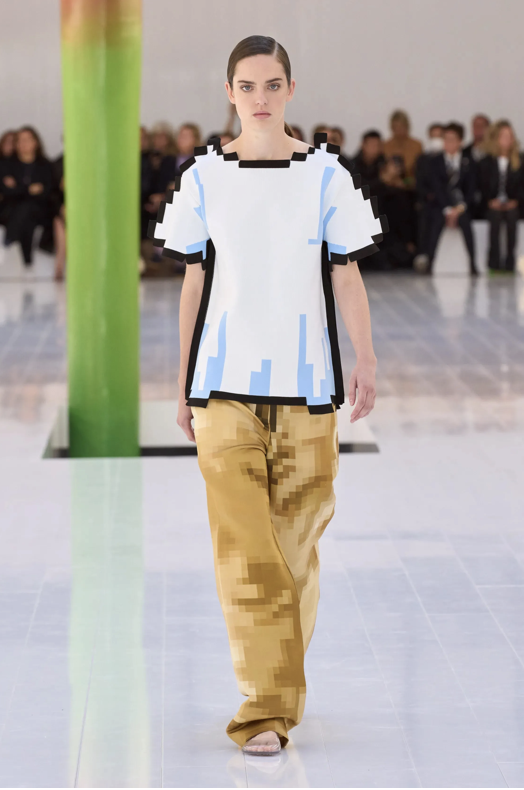
The ramifications of this are boundless – we no longer seem to have strict divisions between reality and online. Images and ideas once relegated to cartoons and video games have begun appearing on the runways and the streets. The physical and virtual spheres merge, pointing to a broader hyperreality trend.
Hyperreality, a term coined by Baudrillard, is marked by an inability to distinguish reality from the representations of it. So ‘cartoonified’ imagery feels as accurate as the reality it intends to mimic. And it’s impossible to restrict this trend to just fashion alone. Virtual reality sets, the controversial introduction of AI models, and more minor matters like Instagram lives all mimic and may replace the tokens of everyday reality.
Discover more from our Arts and Culture section here.




![ZINO VINCI’S ‘FILTHY & DISGUSTING’EP BRINGS YOU TO THE CORE OF THE ARTIST [@ZinoVinci]](https://guap.co/wp-content/uploads/2023/10/Zino-4.jpg)

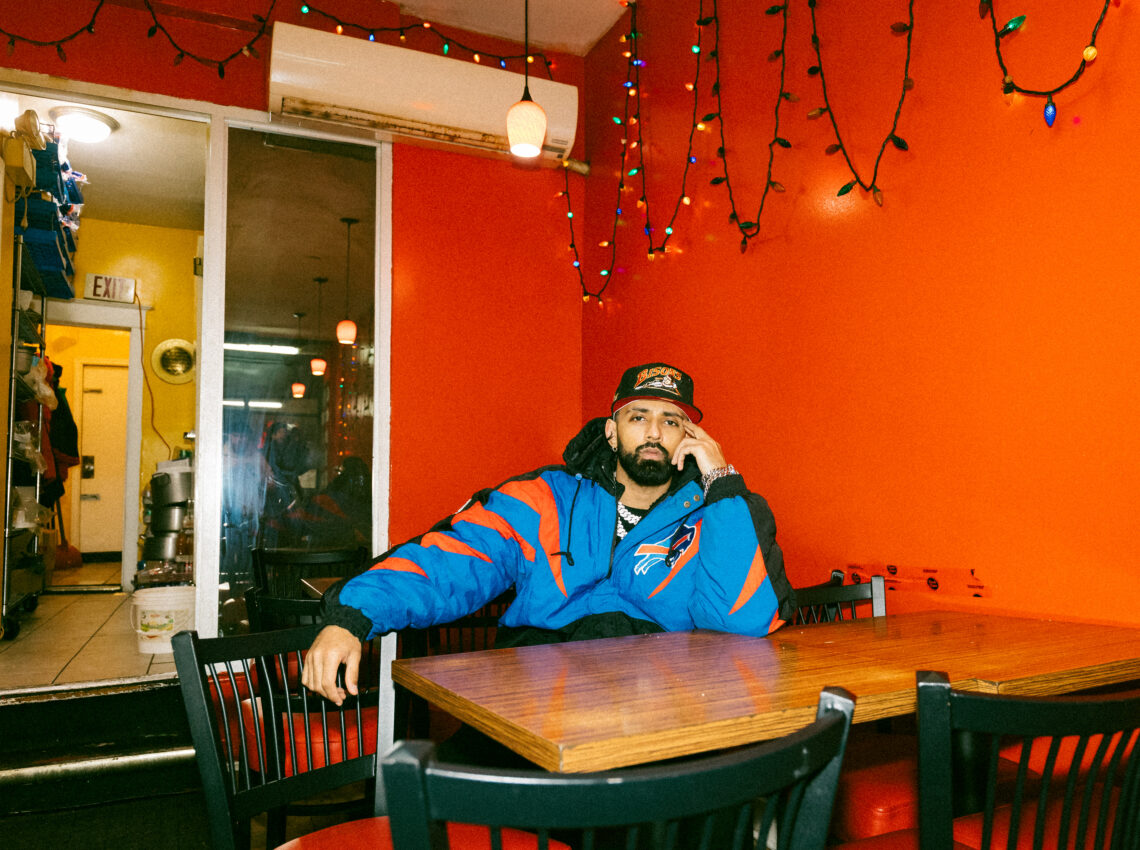
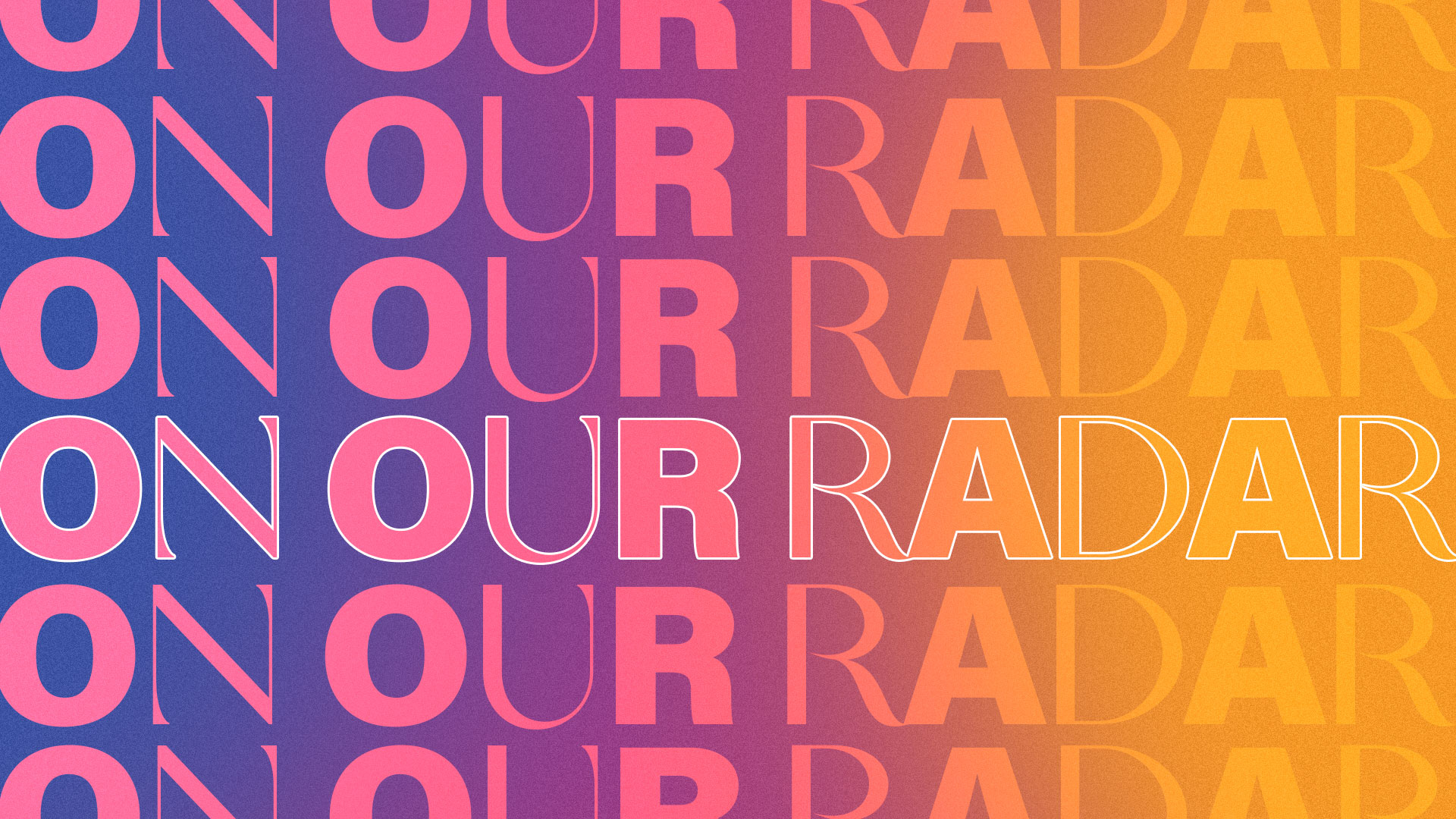


![Remel London’s [@Remel_London] “Mainstream” is a must attend for upcoming presenters!](https://guap.co/wp-content/uploads/2017/02/REMEL-LONDON-FLYER-FINAL-YELLOW-COMPLETE-1.png)